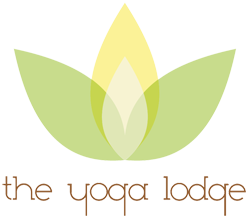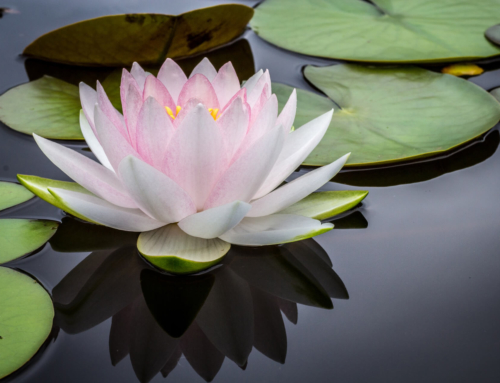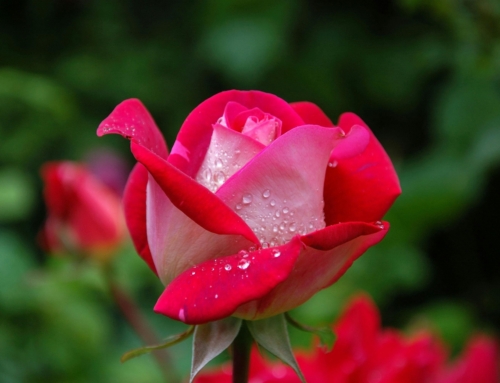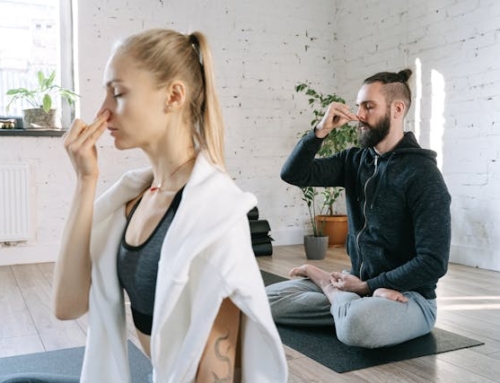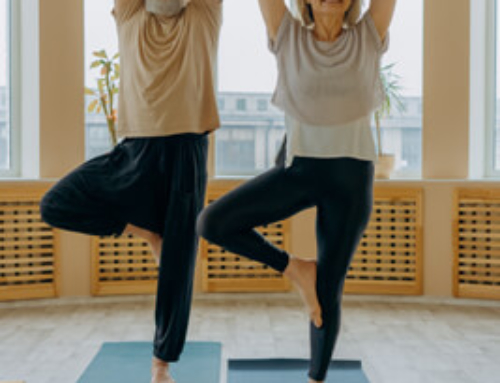The Paths Of Yoga
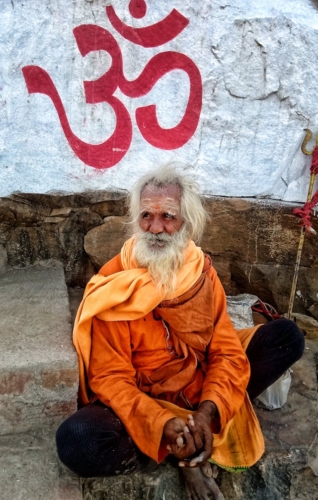
Welcome to my Blog, The Paths of Yoga. There are many different paths of Yoga that have developed over thousands of years. The main ones are Karma, Jnana, Bhakti, Tantra, Hatha, and Raja.
Many years ago, a student would choose one pathway of Yoga and be expected to stick to it with complete devotion. Nowadays an integrated system is often taught and practised.
A Yoga student will often have a “favourite” path of Yoga, whilst also being drawn upon the others. This will allow the student to develop more holistically.
KARMA YOGA (KARMA = ACTION)
Karma Yoga is the active pathway. Karma yoga is described as selfless service. It is said to be the path by which the mind is most quickly purified. The Karma yogin or yogini works hard, both mentally and physically to eliminate the ego. This is done through the practice of non-attachment. Karma yoga asks us to work without expecting reward. That doesn’t mean we do not receive reward, such as our weekly wages. It does though, mean our hearts should not be focused on the fruits of our efforts, but rather on the joy of the work itself. By giving of ourselves in this way, we become at peace with ourselves. A Karma yogin or yogini would practice the art of handing over control to the Universal energy, with the belief that “I own nothing, I am just passing through,
What can I do to make the journey for all of us a little sweeter?”
Karma Yoga involves working in the world and giving of oneself, which means working on a spiritual level. We can practise Karma Yoga at any time. We do not need to take time out to practise. However, many yogins and yoginis give a certain amount of time each week just to Karma yoga or selfless service.
JNANA YOGA (JNANA = KNOWLEDGE/WISDOM/INSIGHT)
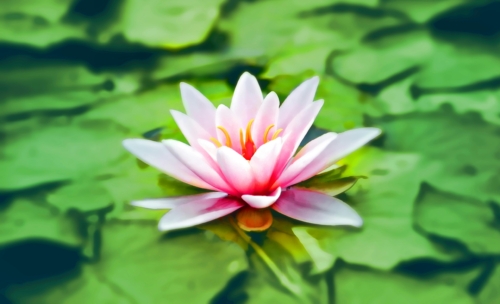
Jnana means knowledge or wisdom. This pathway of yoga uses the intellect to explore the question “Who am I? Am I god? Am I animal? Am I spirit? What is spirit? Do I live after death? Am I special? Is this all there is to life? Can I be saved? Is any particular religion the correct one? Does Samadhi exist? Has anyone really reached enlightenment? Can I? Am I just the conditioned responses of my background? What is meant by love is the only way? Can I live in love? What about my dark side? Will I pass the test of goodness? What is my purpose in life?”
Many suggest that this is the most difficult path. It is recommended that you have a guide or a guru to practise with. You might, for example, take the teachings of the Upanishads, and through your powers of reasoning, try to understand their meaning. Jnana yoga teaches us that the world we see through the limitations of our minds or through our conditioning is false. The illusion we perceive the world to be is called MAYA. Maya is like a veil that prevents us from seeing clearly. We need to develop discrimination to follow the Jnana pathway. Constant vigilance of our own misconceptions is required for enlightenment. Eventually the Jnana Yogin or Yogini realises that the mind is too limited to see the Universe in its fullness, we have limited understanding, and so cannot say anything for certain. Therefore, we cannot argue that we alone are right about any issue. This more expansive way of seeing prevents conflict and creates a wonderful humility. Humility in turn, leads to Samadhi, by the letting go of the struggle that most humans insist upon engaging in. By moving away from the entanglement of Maya and through seeing the answer to “Who am I?” leaves us able to live in peace.
The Jnana Yogin or Yogini uses their mind to pierce through the belief that one can really know anything for certain. This means we learn to give up controlling by making opinions and judgements on what is right or wrong. This allows great compassion and the enlightening ability to float through life.
Jnana is the wisdom to surrender to the powerful play of all life.
BHAKTI YOGA (BHAKTI = REVERE/ HONOUR/ LOVE/ADORE)
Bhakti yoga is often called “the yoga of love or devotion”. It is a good pathway for those who have strong emotions, for it allows an expression of emotional energy in a safe and liberating way. Bhakti does not ask the questions of Jnana, but simply wants to celebrate life through worshipping it. This can be done in many forms. An altar of a candle: a photo of a master or a tree is Bhakti. Surrounding oneself with the beauty of nature or God and surrendering to that beauty is Bhakti. Devotion of any nature is Bhakti. It can be directed to another human such as a lover, or it can be towards life in general, or an art such as dancing. There is, however, an intense spiritual experience in the devotion of Bhakti and immense humility and joy. Bhakti involves practices such as chanting the love of life. Emotional energy is channelled into a celebration of life, be that God, or the Universal energy. The Bhakti Yogin or Yogini tries to stay joyful and compassionate. He or she sees God, or the good, in all. The development of empathy and compassion are requirements of a Bhakti.
Everything and everyone is a spiritual divine being, all is celebration.
Namaste is a symbol of Bhakti Yoga.
Namaste, or the prayer mudra signifies the joining of the individual soul or energy with the Universal energy. It means that we are all one, we are the one Universal energy. The joining of the hands represents that the truth that “you and I are of the one energy”, or “the spirit in me salutes the spirit in you”. It also means I come to you, or depart from you, with a strong and sincere heart.
RAJA YOGA (RAJA = ROYAL/KING)
Raja means “Royal”. Many regard it as a superior pathway of yoga. It is based on a practical system of concentration and mind control, through stilling the thought process. Raja yoga is described in The Yoga Sutra, a work attributed to the sage Patanjali (200BCE – 200CE). The sutra is a compilation of the findings of Yogis, who, through their meditation and observation found ways of reaching the state of bliss or Samadhi.
The text explains the workings of the mind and suggests an eight-step plan for controlling the restless mind. To be at peace is the goal of all yoga. The sutra describes Yoga as the stilling of the mind stuff.
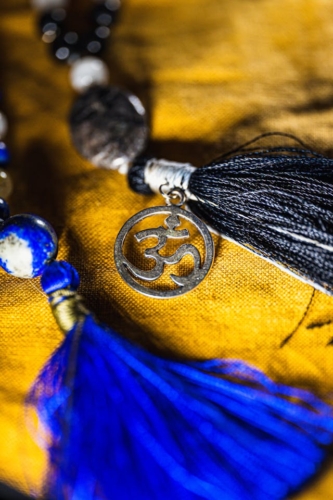
Step One is YAMAS = How to treat other people. There are five Yamas:-
- Ahisma = Non Violence
- Satya = Truthfulness
- Asteya = Not Stealing/coveting
- Brahmacharya = Moderation
- Aparagraha = Non Possessiveness = Non attachment
Step Two is NIYAMAS = How to treat oneself. There are five Niyamas:-
- Saucha = Purity = Purifying body, relationships, mind
- Santosha = Contentment
- Tapas = Discipline = Training
- Swadhyaya = Study or self-study
- Ishvara Pranidhana = Surrender to the Universe
Step Three is Asana or Posture
Step Four is Pranayama or Breath control
Step Five is Pratyahara or withdrawing of the senses
Step Six is Dharana or Concentration
Step Seven is Dhyana or Meditation
Step Eight is Samadhi or Self-realisation / Enlightenment
Many modern Yogins and Yoginis follow the eight steps, often alongside their Hatha practice. The Yoga Pradipika states “Hatha is simply a pathway towards Raja Yoga”
HATHA YOGA (HATHA = SUN & MOON/ FORCE/ DETERMINATION)
The word Hatha can mean force. Some think this is because Hatha Yoga requires a more forceful way of practice rather than just sitting as in the meditation pose as required for Raja Yoga. Others say force means life force, or prana, that is mastered and directed through the practise of the postures, bandhas, breathing exercises and relaxation techniques.
The main work of Hatha Yoga is actually body control through poses or asanas. There are said to be 84,000 postures, with only about 84 being taught. They work mainly on the manipulation of the spine. The spine is important as it is regarded as the centre of energy.
Some insist that Hatha Yoga is a natural product of Raja Yoga, of which step three is asana or pose; the original meaning of asana was seat. Raja Yoga involves sitting in meditation for long stretches of time, a practitioner would need to be able to sit comfortably enough to ignore the body, or meditation would be impossible. In order to be able to sit for meditation the body needs to be strong and supple, this can be achieved through posture or asana practice. It is therefore suggested that the asanas were invented just for the purpose of preparing the body for sitting meditation practice.
The Hatha Yoga Pradipika, a book written in the sixteenth century describes Hatha Yoga as a step or forerunner to Raja yoga. Others historians say Hatha Yoga is a separate pathway of Yoga in its own right. Some writings say the two are inseparable. Some scholars claim Hatha must have developed from Raja, as it is a lot younger. More recently, historians discovered writings from Buddha’s time where he stated that tying oneself in knots is not enough to gain enlightenment. Buddha practised Yoga, possibly including Hatha, for seven years before his enlightenment.
Many respectable scholars state that Hatha Yoga is, in fact, a part of, or originated from, Tantric yoga that also has a system of using prana or life force to encourage self-realisation. Tantric yoga uses many pranayama techniques and talks of energy centres or chakras within the body. The word Hatha can mean Sun and Moon, which suggests a link with Tantra. Tantra works with male or sun, and female or moon energy in the rising or awakening of the Kundalini energy, through breath, posture and meditation practice.
TANTRA YOGA (TANTRA = THREAD/ WEAVING TOGETHER)
“Tan” actually means to stretch and “tra” means beyond all boundaries.
Tantra or Laya Yoga tries to unite the male and female energies within through the practice of meditation, pranayama, postures and rituals. Tantra yoga practitioners worship the female or Shakti principle of the Universe. Shakti is the material manifestation of creation, so nature in all its beauty and splendour, and also its power. The body or material part of human beings is regarded as a temple of sacred energy, and an immensely valuable instrument for liberation.
There are different types of Tantra Yoga. Just as today, there are different styles of Hatha Yoga, such as Ashtanga, Vinyasha, Iyengar, Dru or Kriya etc, so in Tantra there are three different styles, some more conservative than others. Not all Tantra involves using the sexual act to surrender to the Universe and find Samadhi, but all types of Tantra have a similar feel. To be a Tantriki, means to be open and free about one’s whole nature. A Tantriki would not think of anything as being “dirty” or negative, but would hold a view that all is part of creation and all is necessary to maintain balance, even if we as limited humans cannot understand the full picture. A Tantra Yogin or Yogini tries to embrace all life and live it to the full.
Tantra practice includes working on raising energy, the Kundalini Shakti, through each chakra or energy centre, bringing all areas of one’s life into fullness and balance. The work of Tantra is to create balance, releasing any blockages that prevent spiritual progress and self-realisation.
All yoga paths though, including Tantra, are interested in only one thing and that is an experience of oneness or completeness …….. unity. The word Yoga means union.
Today it is virtually impossible to tease out the threads of any particular Yoga pathway that stands clear and untouched by any other path. Most Raja yogis and yoginis practise postures, and most Hatha practitioners work sitting meditation. Jnana yogis often work with the chakras, Karma Yoginis often chant while working.
An integrated form of Yoga is often practised nowadays. People are just as interested today as the yoga sages were thousands of years ago in finding a peaceful way of being. Yoga shows us the way.
How Classes At The Yoga Lodge Can Help You
The Yoga Lodge offers an oasis of calm and tranquility, where classes are small and friendly. You will be made to feel most welcomed. Classes are run by Pavana, who is a qualified, caring and dedicated Hatha Yoga and Meditation Teacher. Pavana has been teaching for over 17 years.
The Paths Of Yoga is just one topic to bear in mind for a workshop, or aspects of which get mentioned within a class itself. Yoga has many angles which encompass it.
If you feel you are interested in finding out more about yoga itself, or want to come to the Yoga Lodge to give a class a try.
Book Now by visiting www.theyogalodge.org.uk/timetable to reserve your yoga place in person or on line
Or if you require further information call 07973 410375, or email pavana@theyogalodge.org.uk
or simply browse the website www.theyogalodge.org.uk
